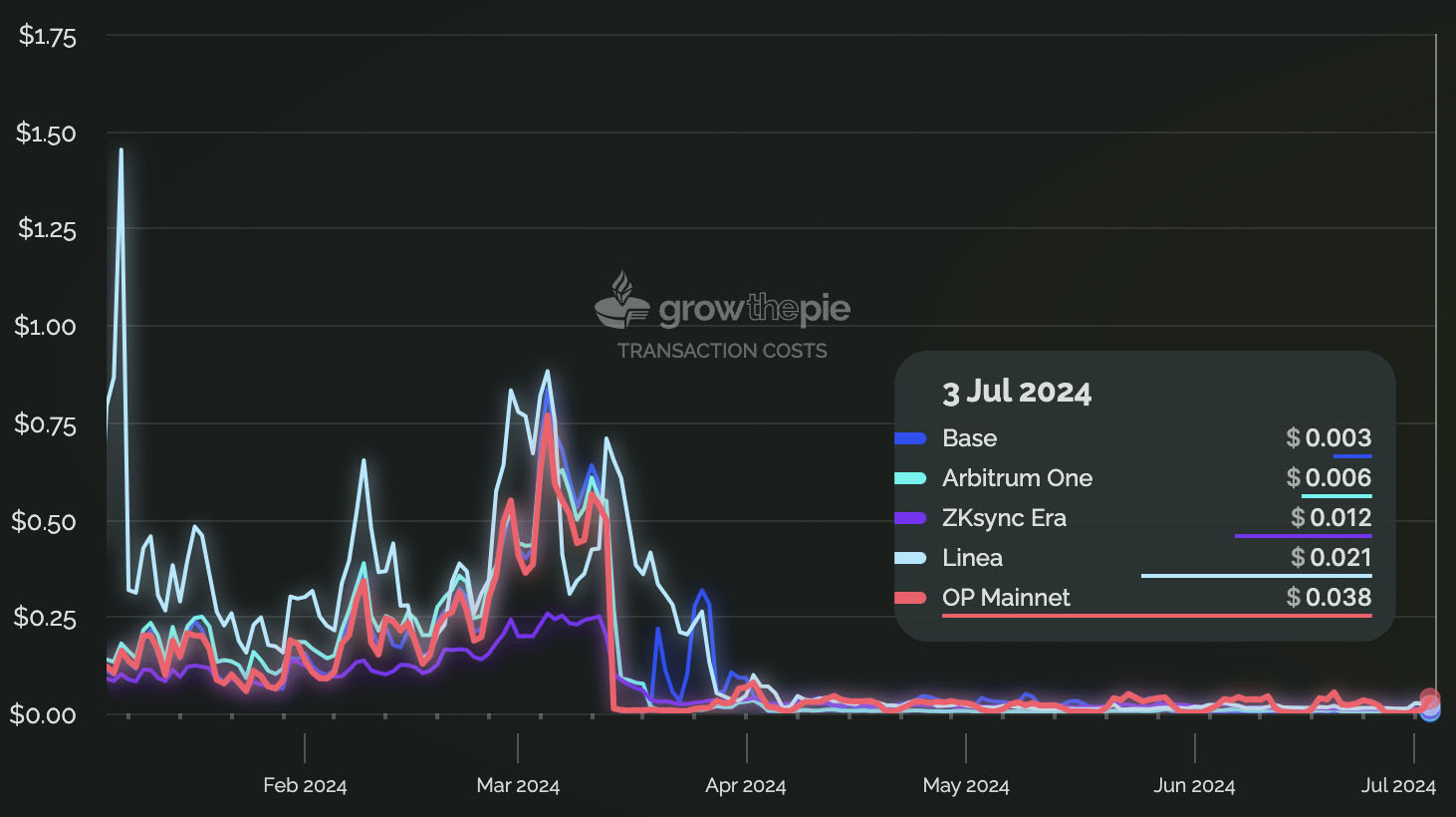ZK Sync has a new name but also fresh details about its expanding constellation of connected chains.
What were once known as Hyperchains has, following a trademark collision, been rebranded to the Elastic Chain, in conjunction with the ZKsync 3.0 network upgrade last month.
This network aims to address the challenges of liquidity fragmentation and frustrating user experiences that have plagued multichain ecosystems. ZK rollups built on the ZK Stack are set to gain native, trust-minimized, and low-cost interoperability, according to a ZK Sync blog post.
Read more: zkSync welcomes AI data warehouse as latest addition to hyperchain
The core problem with existing multichain systems lies in their reliance on third-party bridges, even the best of which introduce security risks and operational costs.
The Elastic Chain mitigates these problems through an architecture that emphasizes cryptographic security and seamless interoperability.
ZK Sync’s rebrand borrows from the economic concept of elasticity, where supply can expand proportionally to increased demand. To do so, the network of chains relies on recursive ZK proofs, enabling parallel proof generation and constant-time verification. That means the Elastic Chain can verify the validity of a computation in a fixed amount of time, regardless of the size or complexity of the computation.
Read more: Mina mainnet upgrade unlocks privacy applications
This property is crucial for the scalability of zk rollups, as it allows the network to handle a high volume of transactions without increasing the time or cost required for verification. More transactions can, somewhat counterintuitively, make the whole system cheaper.
Until a few months ago, posting transaction batches to Ethereum mainnet was the major driver of layer-2 fees, but the new blob storage in EIP-4844, introduced in March and widely adopted by April, has radically changed the picture.

Source: growthepie.xyz
Role of the ZK Token
The Elastic Chain comprises several key components, some of which presumably will make use of the newly launched ZK token, such as the ZK Gateway.
Initially the token’s role is one of governance, with decisions, such as protocol upgrades, validator policies and other critical aspects of the network’s development being put to a token holder vote. So far, ZK holders can delegate their vote to themselves or others, but actual governance votes are a ways off.
The ZK Gateway would facilitate transaction settlement between connected ZK Stack chains more cheaply than settling directly to Ethereum. The gateway would be managed by a decentralized set of validators, incentivized to maintain the network’s resilience and reliability.
For instance, bridging and state diff data fees — associated with the transmission and storage of the differences (or “diffs”) in chain state — could be paid in ZK.
The blog post doesn’t explicitly call for this utility of ZK, but it is implied:
“The participation in this decentralized validation process requires an ERC20 token. ZKsync network governance will designate a token for this purpose (for example, it could be the ZK token),” the post states.
For users, the Elastic Chain network aims to mimic a single blockchain, using the same address and signature by way of modular smart accounts with passkeys.
Bridging the gap
ZK Sync’s Elastic Chain is most directly comparable to the Polygon CDK and AggLayer, which also natively support a verifiable shared interoperability.
Read more: Espresso partners with Polygon Labs to solve rollup interoperability
But according to tests published by Matter Labs, the lead ZK Sync’s developer, Elastic Chain will do so at a TPS of 180, compared to Polygon’s 5.
That’s about the difference between a commercial airliner and a bicycle.
Of course none of these solutions are actually live in production, so we’ll have to wait and see how they perform with real usage. But for Web3’s early adopters beset by constant Metamask RPC switching, latency and uncertainty of bridges, a streamlines experience can’t come soon enough.







Leave a Reply